God acts in the world. Christians believe that the world is not some mechanical device that God wound up at creation and has since left unattended. God upholds and sustains the world in being, and absent his sustaining activity the world would simply cease to exist.
While these beliefs are vital to the Christian faith, they’re also not the whole story. Christians also believe that God enters into and acts within history, such that what the ordinary course of nature and naturalAnd few people, if any, have done as much as Craig Keener to call this widespread assumption into question. causes would lead us to expect to happen next somehow doesn’t: virgins don’t give birth, persons blind and deaf don’t suddenly start seeing and hearing, dead men don’t come back to life. When we discern God’s hand in events outside this ordinary course of nature, we call them miracles.
It’s this second category of God’s acts—miracles, or “special divine action”—that is widely thought to be incompatible with what modern science has shown us to be true about the world. And few people, if any, have done as much as Craig Keener to call this widespread assumption into question. He says:
“After my conversion from atheism, special divine action fascinated me, but I think I was still shy and tentative about it. I was in circles where miracles were often reported, but in the back of my former-atheist, skeptical mind I usually could think of some alternative explanation, until eventually the evidence became too overwhelming for me not to be skeptical of my skepticism.”
But it wasn’t until later in his academic career that Keener turned his attention to miracles:
“When I was working on historical reliability questions, I could argue for other major incidents in the Gospels and Acts; was there any reason to exclude miracle accounts from such considerations, apart from an atheistic or deistic philosophic bias? So I began collecting evidence and found far, far more than I could possibly use.”
The result was the magisterial two volume Miracles: The Credibility of the New Testament Accounts, which Bob Yarborough described as “the standard work of its generation and perhaps several to come.”
Science, Testimony, and David Hume
The centrality of miracles for Christian belief and the belief that miracles are incompatible with a modern scientific worldview together make up one of the most prominent apparent contradictions between classical Christian theology and a modern scientific worldview.Hume wrote his essay “Of Miracles” the better part of three centuries ago, and it’s had remarkable staying power in the contemporary consciousness. And yet, Keener agues that this apparent contradiction has little, if anything, to do with the actual claims of science.
“Since the radical phase of the Enlightenment, many have treated miracle accounts as incompatible with a scientific worldview,” Keener says. “David Hume, reframing some deist arguments, advanced this dichotomy against the dominant views of contemporary English science.” Hume wrote his essay “Of Miracles” the better part of three centuries ago, and it’s had remarkable staying power in the contemporary consciousness. His argument has two prongs: the first casts miracles as violations of the laws of nature, which excludes their possibility by fiat; the second seeks to undercut the warrant for believing testimony about miracles, first by impugning the good sense and education of those who attest to miraculous events, and second by raising the bar of admissible evidence so high that it becomes unobtainable.
“Hume’s argument is circular,” Keener points out, “but his opinions have carried such weight in academic circles that many academicians today simply assume that belief in miracles is something Western culture has outgrown.” Hume’s argument employed scientific concepts—such as natural laws—but is not, in itself, a scientific argument. “Newton and early Newtonians believed in biblical miracles; Hume claimed to use their mantle when he denied miracles. But this is strictly a question of philosophy of science, not of the empirical data itself.”
Keener’s work highlights the importance of understanding the disciplinary relationship between theology, philosophy, and the natural sciences:
“Science can explore whether someone was sick and no longer is; science can pass judgment on whether a storm actually stopped at the time someone prayed, but the models and explanations that appeal to or dismiss intelligent, nonhuman causation involve what explanations we allow on the table, and what sort of levels of causation may be addressed.”
Miracles in the Academy and the Church
Keener will be joining the Henry Resident Fellowship community in the spring of 2020, undertaking two projects that build off his research on miracles. “My previous work was at an academic level not as accessible to undergraduates or to ordinary readers,” Keener said. Weighing in at 1,172 pages, Keener’s two volumes can be somewhat daunting even for academics. During his time at the Henry Center, Keener will be producing a shorter, more accessible version of his work on miracles. While noting that Hume’s argument is more directly influential in academic circles, its impact on broader society has been far from negligible and has even influenced how Christians read Scripture. “Having imbibed skepticism, we tend to read miracle accounts only for their spiritual applications rather than Jesus as a physical healer and deliverer.”“Having imbibed skepticism, we tend to read miracle accounts only for their spiritual applications rather than Jesus as a physical healer and deliverer.” Keener is quick to point out that this doesn’t rule out spiritual readings, only that ancient audiences wouldn’t have drawn hard distinctions between spiritual and physical healings that we tend to draw today. In addition to boiling down to the essential components of his previous two volumes, Keener will also be updating it with more recent case studies and documentation from medical personnel that he has gathered in the eight years since the two volume publication.
In addition to this, Keener will also be writing an academic commentary on the Gospel of Mark. Keener notes that scholars widely view Mark as the earliest Gospel, and nearly one-third of the Gospel involves healings, exorcisms, and nature miracles. This commentary will pay attention the historical plausibility of the miracle accounts in Mark, and their role in the larger narrative arc of the Gospel, which emphasizes suffering. While the two projects are discreet and for different audiences—the first primarily for the church, the second for the academy—Keener sees them as mutually informing: Mark’s account of eye witness testimony to the miracles of Jesus has obvious implications for how we should understand miracles today; and whether or not belief in miracles is historically and philosophically defensible clearly bears on how Christians should read the Gospels.
These two projects will occupy Keener’s time as a Resident Fellow at the Henry Center, continuing an already well established trajectory of esteemed service to the academy and the church. Along with being President-Elect of the Evangelical Theological Society, Keener has authored 25 books, ranging from the densely technical—such as his four volume exegetical commentary on the book of Acts, and The Historical Jesus of the Gospels—to his deeply pastoral IVP Bible Background Commentary on the New Testament. In the spring of 2020, he will join the Resident Fellowship community and continue to undertake the task of calling the evangelical academy and church to one of the central but often neglected themes of the Gospel: miracles, as signs of the kingdom of God.
“Jesus’ miracles, and miracles that God performs today in Jesus’ name, offer us a foretaste of the kingdom. They’re not the consummation—sickness and death remain in this world. But they are a foretaste—a periodic reminder in this world (and a frequent one on the cutting edge of the kingdom, in frontline evangelism) of God’s promise of an entire world someday made new, where there will be no more pain and the lamb will wipe every tear from our eyes. As a foretaste of the kingdom, miracles are an essential part of the story, revealing the Lord’s power, compassion, and plan for his people.”
2019-2020 Henry Resident Fellows
 |
Henry Fellows Announced Theme Year: Divine Action, Contingency, and Modern Science |
 |
Craig Bartholomew Director, Kirby Laing Institute for Christian Ethics Project: “Creation, Divine Action, the Old Testament, and Modern Science” |
 |
Craig Keener Professor of Biblical Studies, Asbury Theological Seminary Project: “The Credibility of Special Divine Action in Mark’s Gospel and Today” |
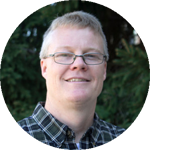 |
Brian Matz Endowed Chair in Catholic Thought, Fontbonne University Project: “Divine Action and Contingency in a Little-Known Medieval Debate over Foreknowledge” |
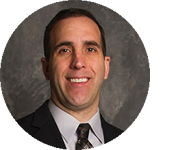 |
Paul Gould Founder and President, Two Tasks Institute Project: “Neo-Aristotelian Accounts of Divine Creation” |
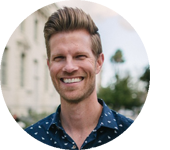 |
Jordan Wessling Curriculum Development Specialist and Adjunct Instructor, Fuller Theological Seminary Project: “Divine Action and the Autonomy of Creation” |
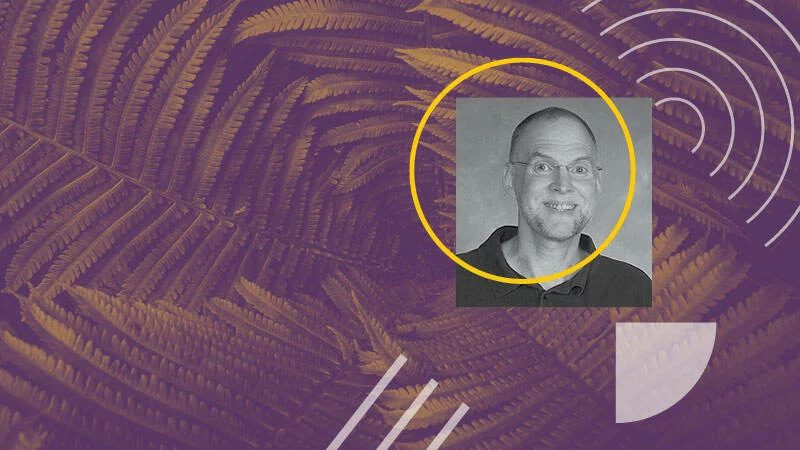
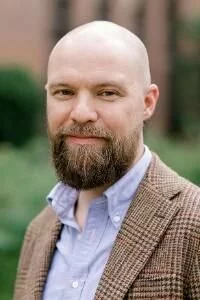



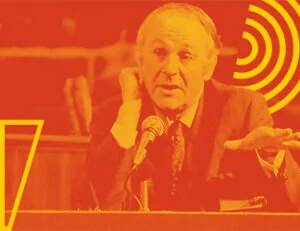
Comments
Be the first one to make a comment!